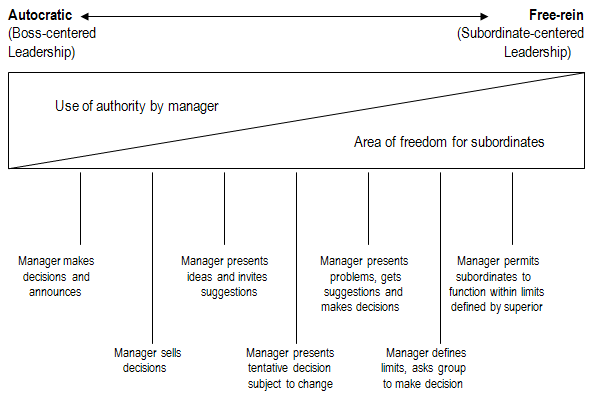Cultural Dimensions of Leadership
April 3, 2025
 Cultural Dimensions of Leadership
Cultural Dimensions of Leadership
Introduction Leadership in organizations is dictated and determined according to a variety of reasons and factors including personality, cultural, and country and regional aspects. Among the various factors, the cultural dimension of leadership is often not highlighted as it is taken as a given. However, with globalization and the advent of tighter integration and interconnectedness,…
 When Hope Meets Reality: The Challenges for Leaders to Sustain the Momentum
When Hope Meets Reality: The Challenges for Leaders to Sustain the Momentum
When Hope Meets Reality: What Happens to Leaders once they are Elected We often elect political leaders who promise the moon thinking that they have the answer to all our problems and that they would deliver us the necessary outcomes. We also fall for their visions that are hopeful and believe that they have a…
 What are the Challenges in Leadership?
What are the Challenges in Leadership?
Being a leader is not quite a cakewalk. Infact, to be very honest; managing people is one of the most challenging tasks. You really need to extract the best out of your team members and handhold them even in the worst situations. We all want to lead a team, but have we ever realized what…
The leadership continuum was originally written in 1958 by Tannenbaum and Schmidt and was later updated in the year 1973. Their work suggests a continuum of possible leadership behavior available to a manager and along which many leadership styles may be placed.
The continuum presents a range of action related to the degree of authority used by the manager and to the area of freedom available to non-managers in arriving at decisions.
A broad range of leadership styles have been depicted on the continuum between two extremes of autocratic and free rein (See figure 1). The left side shows a style where control is maintained by a manager and the right side shows the release of control. However, neither extreme is absolute and authority and freedom are never without their limitations.
The Tannenbaum and Schmidt continuum can be related to McGregor’s supposition of Theory X and Theory Y. Boss-centered leadership is towards theory X and subordinate-centered leadership is towards theory Y.
Figure 1: Continuum Leadership Behaviuor.
A manager is characterized according to degree of control that is maintained by him. According to this approach, four main styles of leadership have been identified:
According to Tannenbaum and Schmidt, if one has to make a choice of the leadership style which is practicable and desirable, then his answer will depend upon the following three factors:
If these factors are on a positive side, then more freedom can be allowed to the subordinate by the leader.
When the authors updated their work in1973, they suggested a new continuum of patterns of leadership behavior. In this, the total area of freedom shared between managers and non-managers is redefined constantly by interactions between them and the environmental forces. This pattern was, however, more complex in comparison to the previous one.
According to Tannenbaum and Schmidt, successful leaders know which behavior is the most appropriate at a particular time. They shape their behavior after a careful analysis of self, their subordinates, organization, and environmental factors.
Your email address will not be published. Required fields are marked *